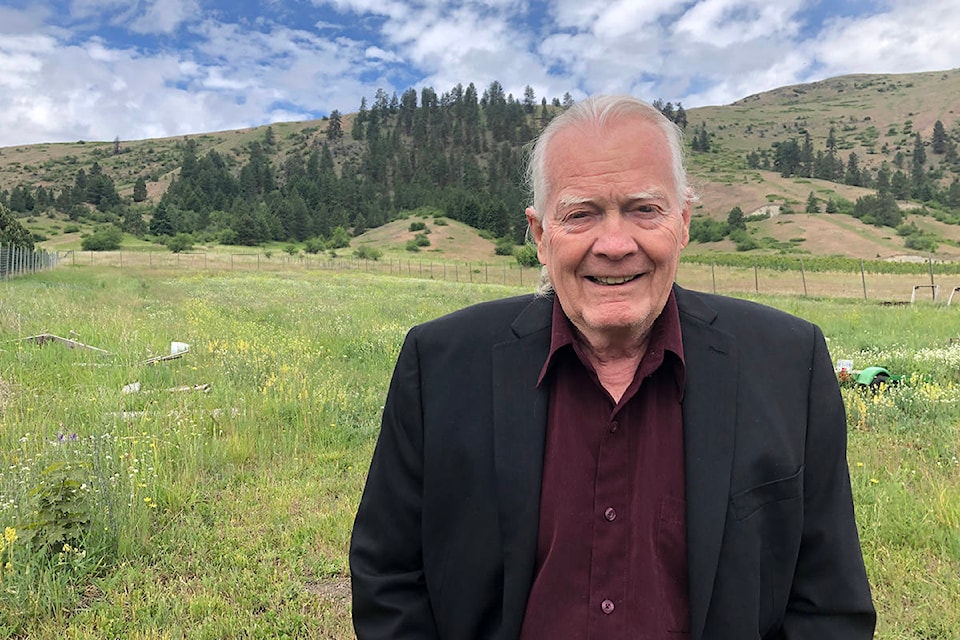The continuing drought conditions, record low water levels in rivers, wells running dry, empty reservoirs all up the Pacific Coast; this is global warming and it is moving towards the Boundary. It is happening faster than many scientists have predicted.
Water is the lifeblood of the community. Will the evolving climate change eventually make life as we know it no longer possible in this community? Some armchair prognosticators are pointing to our expansive aquifer believing that, even with the increasing demands of agriculture and progressive water conservation, our aquifer will remain healthy. The truth is, aquifers do fail and before they fail, they get weaker and slower to recharge.
Our climate mitigation strategy must involve holding back and storing water. There are various options and techniques demonstrated in communities that are now suffering drought. Those options include building concrete holding tanks, identifying geological indentations in the landscape that can be lined and filled in the spring, building spillways to slow water down, damming and creating reservoirs.
In a report that is now public, from 2011 to 2013 Grand Forks city council contracted Urban Systems to review long-term water sustainability options. It became clear early in their research that the development of water storage on the Kettle River posed seemingly insurmountable challenges as the river is shared with the United States. The report then focused on the Granby River.*
Over a three-year period, starting in 2010, the City of Grand Forks took a serious look at the safety of our water supply. Would it be responsive in an emergency, like a fire that interfaced with the forest or a fire that burned from house-to-house? Generators were placed on every well to ensure that, if there was no electricity, the wells would continue to pump. A new system was introduced to monitor the capacity and functioning of each well. We asked for an estimate of just how long water pressure would remain if we were faced with fighting a house-to-house fire.
The answers I heard in two years of discussions with engineers and focus groups were alarming.
Council recently decided with the enormous resources needed to complete the closure of North Ruckle and the commencement of the dikes and flood protection, not to proceed at that time with any action on the water storage plan. As mayor, long-term water sustainability was a cornerstone of my campaign promise and remains a priority. The federal government has recently announced a new multi-billion-dollar climate mitigation funding and I will be introducing a new motion to council before the end of the year.
*Urban Systems The Granby Report can be found at: www.grandforks.ca/document-library
